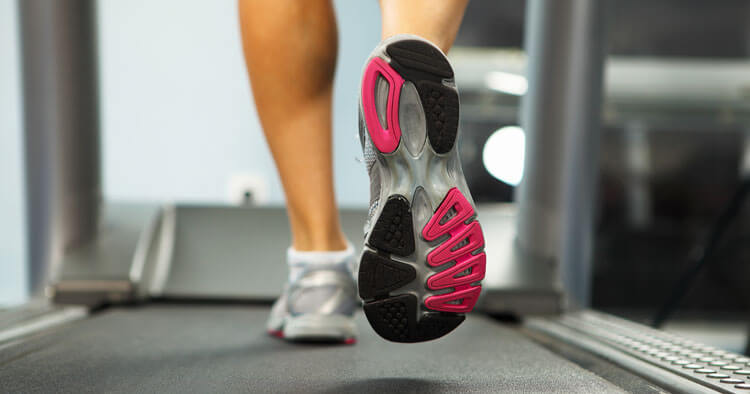Injury Rehabilitation and Training, Sports Injuries and Management, Treatment Modalities and Aids
Changing Your Running Shoes, When Is The Right Time?
Changing Your Running Shoes
When deciding if you need to be changing your running shoes there are a few main things to take into consideration:
- Changing your running shoes is namely guided by most runners by the actual mileage done in the shoes
- It should also be based off any significant signs of wear and tear in the shoe that for certain reasons may pop up prior to any significant mileage having been clocked
- As well as the shoes actual chronological age being another indicator a change may be due, even if not used and mileage is low a two-year-old shoe should probably still be replaced
Main Components Of A Running Shoe That Show Signs Of Break Down
A few of the main running shoe components that commonly break down, and can show signs they are “breaking down” and perhaps no longer effectively performing their function… Indicating a rising need to replace the shoe include:
- The outsole
- The midsole
- The shoes heel counter
The Impact Of A Shoe With A Worn Outsole
When referring to a shoe what is considered to be the outsole, is surface of the sole of the shoe that is in contact with the road. This outsole is typically made of a carbon rubber and is resistant to abrasion. The outsole may vary slightly at different parts of the shoe relative to where the main contact and shearing stressors occur. Meaning in certain areas the material may be required to be tougher, or thicker to be resilient enough to withstand the extra forces exerted on that part of the running shoe.
Once areas of the outsole have worn through, worn down to the level of the midsole this indicates there could be up to a 4mm difference in height from the “worn” area relative to more “intact” areas of outsole. The way many people run tends to mean that the outside heel area of the shoe will usually wear out the quickest. A shoe worn out in this outside heel area of the outsole may “collapse” as your heel makes contact with the ground. This lateral compression on striking the ground can place strain on the outside of the foot and ankle, as well as it may end up creating more “rolling” movement of the foot in the shoe during running. As a result, this extra strain and movement resulting from a worn outsole can potentially increase your risk of sustaining an overuse running injury.
The wearing out of a shoe’s outsole may also potentially increase the risk of injury via slipping, failing traction at a crucial moment. This cause of slipping just as worn tyre tread on your car is considered to be a potential cause of accidents based running injuries. Although not the most common cause of injury probably the one of the most frustrating as it in hindsight appears almost completely avoidable.
Impact Of A Worn Midsole And When To Be Changing Your Running Shoes
Whilst the most visible wear and tear of a shoe generally occurs at the outsole (or the fabric upper of the shoe), the wear that arguably causes the most impact on the biomechanics of the running shoe and your gait, and therefore the part of the shoe that is most likely to have an effect on injury is the midsole. The midsole of the shoe as you can imagine is the layer wedged between the outsole mentioned above and the upper of the shoe. This midsole layer of the shoe is what provides the runner both cushioning and stability in varying levels depending on design and purpose. The midsole can frequently wear out before the outsole actually shows any major signs of wear and is therefore potentially the silent killer if you don’t know what you are looking for with regard to midsole breakdown. When the midsole wears out, the running shoe loses some of its functional stability and the potential loss of cushioning and stability can lead to increased stress on the body and ultimately increased risk of injury.
A Worn Heel Counter And When You Should Be Changing Your Running Shoes
The heel counter is not surprisingly positioned at the back of the shoe. This aspect of your running shoe ensures your heel remains firmly fixed to the sole of the shoe helping keep your foot in place whilst you run and is considered to contribute substantially to the overall stability of a running shoe. As a pair of running shoes wear out, the heel counter will potentially be one of the components that will “weaken” and when this happens it will allow additional and unnecessary movement of the rear foot in your shoe. Again, as with midsole or outsole break down this extra movement within the rear of the shoe can potentially lead to the runner suffering a frustrating injury setback.
Disclaimer: Sydney Physio Clinic does not endorse any treatments, procedures, products mentioned. This information is provided as an educational service and is not intended to serve as medical advice. Anyone seeking specific advice or assistance on Signs It’s Time For Changing Your Running Shoes should consult his or her general practitioner, podiatrist, physiotherapist or otherwise appropriately skilled practitioner.


